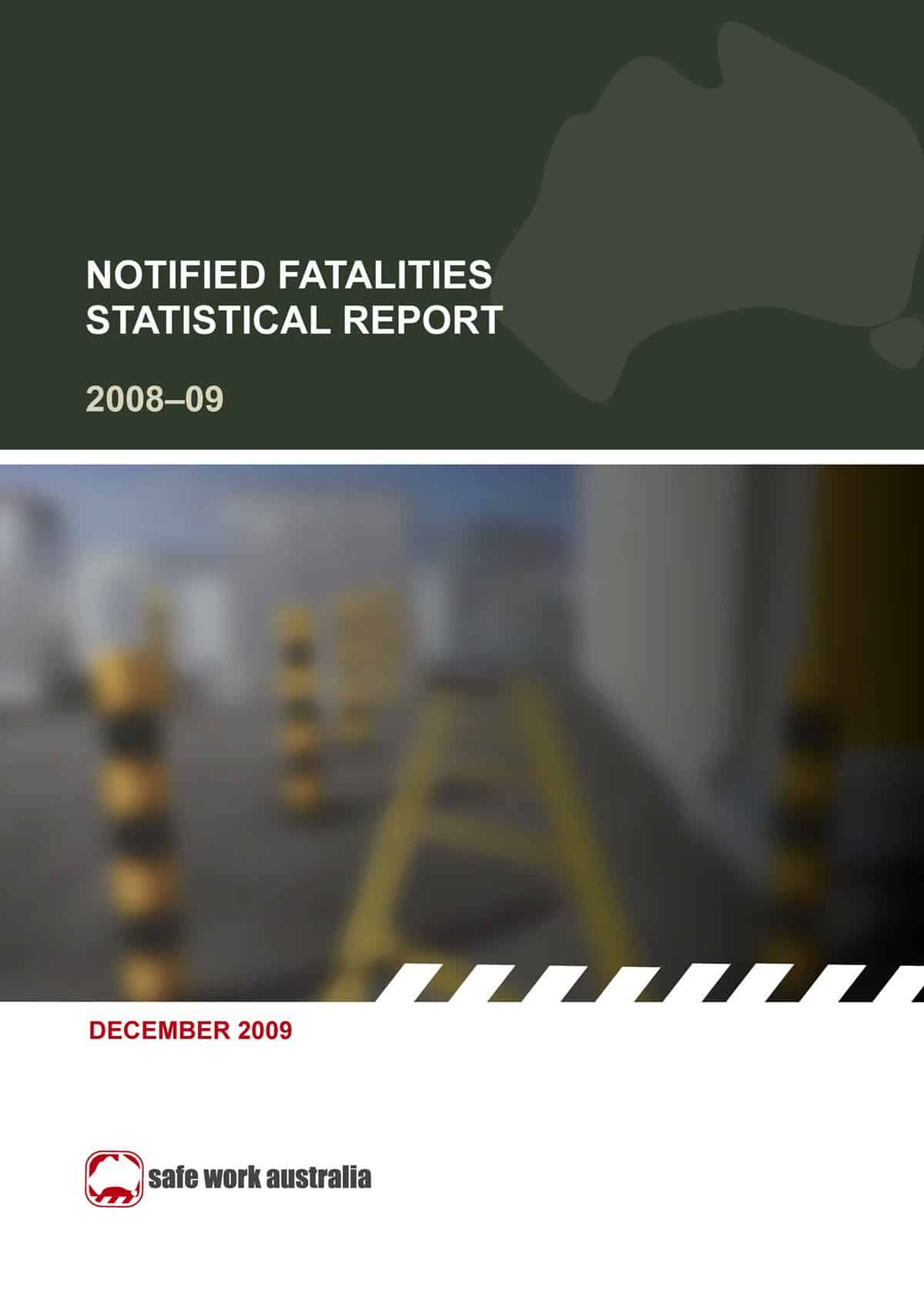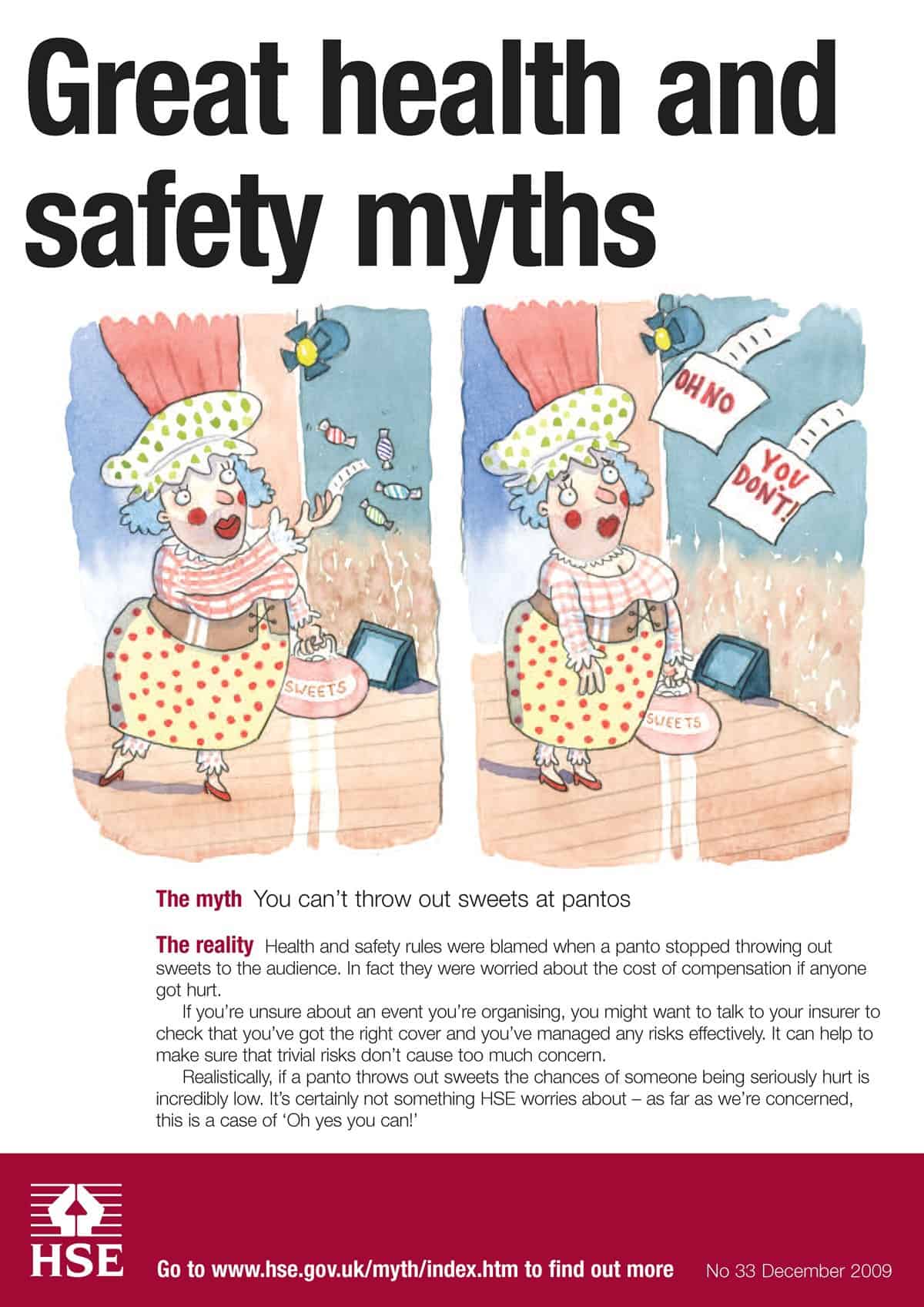Safe Work Australia has released a couple more of its annual statistical reports about workplace injuries and fatalities.
 The report that covers 2006/07 ( Work-Related Traumatic Injury Fatalities, Australia 2006-07) included this information in the Summary of Findings
The report that covers 2006/07 ( Work-Related Traumatic Injury Fatalities, Australia 2006-07) included this information in the Summary of Findings
“[In 2006–07]…a total of 453 work-related traumatic injury fatalities in Australia during 2006–07. In 2006–07, just over half (237) of all work-related injury fatalities resulted from road crashes.
Of the 453 people who died of work-related injuries, 295 (65%) died of injuries sustained while working, …a 9% increase over the previous financial year.
In addition to the Working fatalities; 93 workers died from an injury sustained while travelling to or from work … and 65 people died of injuries received as a result of someone else’s work activity.”
 There was also a report on notifiable incidents which covers 2008/09. There are disparities in these statistics so it is important to read the reports and the research limitations, by the summary includes the following:
There was also a report on notifiable incidents which covers 2008/09. There are disparities in these statistics so it is important to read the reports and the research limitations, by the summary includes the following:
“In 2008–09 there were 177 notified work related fatalities — 151 workers and 26 bystanders.
- Most fatalities were of men — 158 in total. There were 17 fatalities of women (including 11 bystanders) and sex was unknown for 2 other fatalities.
- Four industries accounted for seven out of every ten notified work-related fatalities — 26% of fatalities occurred at a workplace primarily engaged in Agriculture, forestry & fishing; 18% in Construction; 15% in Transport & storage; and 9% in Mining.
- The most common causes of the fatalities were Vehicle accidents (54 fatalities); Being hit by moving objects (34 fatalities); Falls from a height (20 fatalities); Being hit by falling objects (16 fatalities); and Drowning/immersion (14 fatalities).”
This report also includes details of “bystander fatalities” which are defined as “deaths of members of the public, such as passers-by or visitors to workplaces — including children — who die as a consequence of another person’s work activity.” The report provides a good amount of details on these, and other, fatalities:
There were 26 bystander fatalities notified in 2008–09. These included:
- 9 bystander fatalities caused by vehicle accidents, of these 6 occurred when cars and trucks collided.
- 6 bystander deaths due to drowning. Of these, 3 occurred while white-water rafting and 2 occurred while snorkelling or diving.
- 4 bystander deaths that occurred when the person was hit by a vehicle, of these, 2 deaths occurred while the vehicle was reversing.


